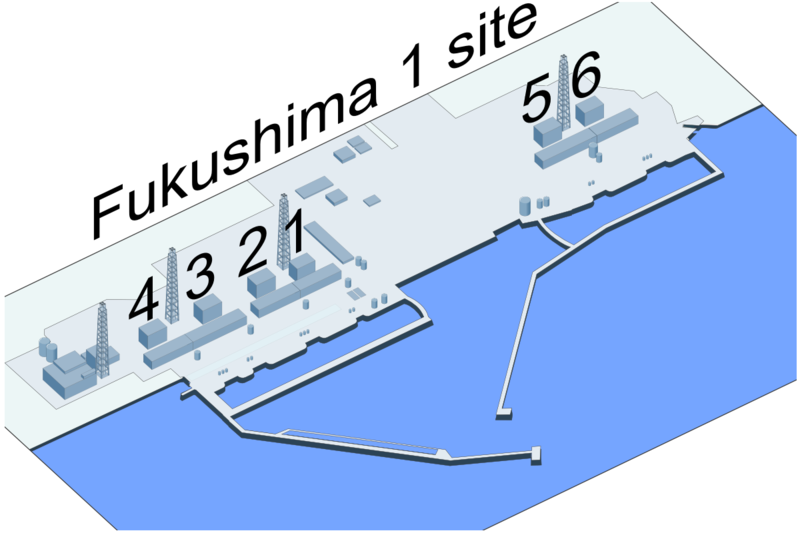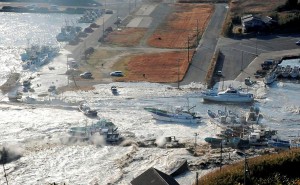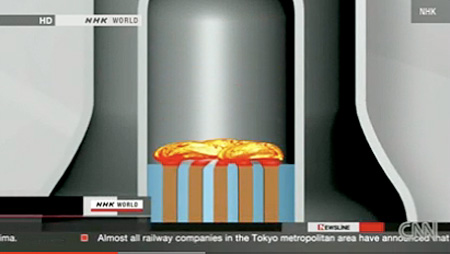According to national geographic ”Every hour the sun beams onto Earth more than enough energy to satisfy global energy needs for an entire year. Solar energy is the technology used to harness the sun’s energy and make it useable. Today, the technology produces less than one tenth of one percent of global energy demand”. For many years humans have been utilizing the power of the sun to satisfy their needs. The ancient civilizations used to build their structures in correlation with the sun in order to obtain its light to illuminate rooms and heat well of course to keep them warm. Nowadays, a team of researchers has developed the largest solar boat, known as the MS Turanor, which is owned by German entrepreneur Immo Stroher.
According to an announcement from the Planet Solar team, the vessel has begun a journey around the world from Monaco. As we are moving into a renewable resources era, the sun represents a vital source of energy.“More than ever, we need to harness the power of the sun, the source of the most abundant renewable energy on earth,” said UNIDO’s Director-General, Kandeh K. Unfortunately, solar technologies is very expensive and it requires big land space in order to satisfy most of the population. Also “At the moment solar energy, like all renewables, still represents a relatively small portion of the total energy production anywhere in the world. Some places have promoted it more than others, but in the developing world, there aren’t many countries that have a strong presence in solar,” says Clarence-Smith from UNIDO. Lets now take a look at the solar energy efforts around the world:
China: according to Edward Clarence-Smith, UNIDO’s representative in China, says that “China is leading the way in certain segments of the solar energy market, for instance in solar water heaters for domestic use and it’s growing rapidly in others such as photovoltaics. But more importantly for UNIDO, China has available solar energy technologies that can be easily transferred to other developing countries with the necessary skills to use them.”
Vert fortunately China has available solar energy technologies that can be easily transferred to other developing countries with the necessary skills to use them. The Chinese government has realized that renewable energy is the energy of the future and that using renewable resources represents a more secure way of obtaining energy. As an example, we have the UNIDO International Solar Energy Center (ISEC) which is operated between the chinese government and promotes and facilitate the use of solar energy around the world. This center itself is a remarkable example of efficient use of solar energy, because the lighting, heating and hot water systems are all operated using the sun’s power.
United States: solar cells generate energy for far-out places like satellites in Earth orbit and cabins deep in the Rocky Mountains as easily as they can power downtown buildings and futuristic car. Solar Energy USA , a company that dedicates to solar energy, has provided photovoltaic solar energy systems and energy efficient solutions for clients in a wide variety of categories including medical office buildings, warehouse facilities, schools, churches, gas stations, automotive companies, automobile dealerships, manufacturing facilities, and many residences. Below, a chart that shows the residential, commercial and utilities installations of solar energy:

According to solarenergy-USA.com ”The U.S. solar industry grew by 125% from Q2 2011 to Q2 2012, making it one of the fastest growing sectors in the U.S. economy. The industry installed 772 MW of solar electric (PV and CPV) capacity in Q2 2012. SEIA forecasts the solar industry will maintain its rapid growth with 2,100 MW of solar electric (PV, CPV and CSP) capacity projected to be installed during the second half of 2012”.
The average pre-incentive cost of going solar decreased 17% in 2010 alone, the most significant annual reductions since the data has been tracked. Costs declined another 11% in the first half of 2011, (Source: Lawrence Berkeley National Lab’s Tracking the Sun IV). Shown below, the cost of solar energy graph:

This same website says that (according to this graph) ”Solar power in the U.S. now exceeds 5,700 megawatts (MW), enough to power more than 940,000 homes”.
Also ”Solar investments create more jobs per megawatt than any other energy resource, (Source: UC Berkeley Energy Resources Group). 100,237 Americans are currently working in the U.S. solar industry (more than coal mining or steel & iron manufacturing). Solar businesses added 6,735 new workers in all 50 states since August 2010, which represents a 6.8 percent growth rate. During the same 12-month period, jobs in the overall economy grew by a mere 0.7 percent, while fossil fuel electric generation lost 2 percent of its workforce, (Source: Solar Foundation’s National Solar Jobs Census – 2011)”.
We can argue that the Unite States is moving in the right path for using solar energy as a resource. Now, some interesting facts about solar energy around the world and the U.S. provided by solarenergy-usa.com:
- While the United States pioneered clean energy technologies like solar power, Germany and China now lead in solar panel manufacturing. Further, China attracted $54.4 billion in private finance in 2010 while Germany attracted $41.2 billion and the United States was third with $34 billion.
- A sunny location (like Los Angeles, California, US) receives an average of 5.5 hours of sunlight per day each year.
- A cloudy location (like Hamburg, Germany) receives 2.5 hours per day of sunlight each year.
- Solar modules produce electricity even on cloudy days, usually around 10-20% of the amount produced on sunny days.
- Monthly average residential consumption of electricity in the US in 2008 was 920 kilowatt hours. Monthly average residential electricity bill in the US in 2008 was $103.67 (Source: US DOE).
- Over the last 20 years the cost of solar energy systems has come down seven fold. As the demand for systems rises and manufacturing volume increases, costs will decrease and the economic payback time will also decrease.
- In 2009, the United States was the third largest solar photovoltaic market in the world, after Germany and Italy. Despite a challenging domestic economic environment, the US market still delivered a growth rate of 36%, strong but not nearly as strong as the 62% growth in 2008.
- The US market is forecasted to grow to between 4.5-5.5 GW over the next five years, around ten times the size of the 2009 market and an average annual growth rate of 30% per annum.
- The solar industry employs more than 100,000 Americans, more than twice as many as in 2009. They work at more than 5,000 companies, the vast majority being small businesses, in all 50 states.
Germany: German solar power plants produced a world record 22 gigawatts of electricity per hour – equal to 20 nuclear power stations at full capacity. No other country in the world has ever achieved this record. This shows that Germany, is able to meet a large share of its electricity needs with solar power.”

here we have the Erlasse solar park.
Japan: According to the NY Times ”Japan is poised to overtake Italy and become the world’s second-biggest market for solar power, as incentives starting July 1 propel sales. It could eventually top Germany, which holds the No. 1 spot”. This is also attracting many players that will enter the market for solar energy. “We no longer have enough electricity, especially during the day, and that is when solar power can help,” said Mikio Katayama, chairman of the electronics manufacturer Sharp and the Japan Photovoltaic Energy Association. “This is a very good rate to promote investment and megasolars.”
About 1.6 per cent of the energy generated in Japan last years constituted of renewable resources, they were the smallest ones compared to other industrialized countries like the U.S. or germany. The shift toward solar reflects concern that the cost of fossil fuels will rise in the coming decades.

Sources:
Bloomberg. “Japan Poised to Become Second-Biggest Market for Solar Power.” The New York Times. NY Times, 19 June 2012. Web. 20 Oct. 2012. <http://www.nytimes.com/2012/06/19/business/global/japan-poised-to-become-second-biggest-market-for-solar-power.html?pagewanted=all>.
Kirschbaum, Erik. “Germany Sets New Solar Power Record, Institute Says.”Reuters. Thomson Reuters, 26 May 2012. Web. 20 Oct. 2012. <http://www.reuters.com/article/2012/05/26/us-climate-germany-solar-idUSBRE84P0FI20120526>.
“Promoting Solar Energy around the World.” Unido.org. UNIDO, 29 Feb. 2010. Web. 20 Oct. 2012. <http://www.unido.org/index.php?id=7881>.
“Solar Energy.” National Geographic. N.p., n.d. Web. 20 Oct. 2012. <http://environment.nationalgeographic.com/environment/global-warming/solar-power-profile/>.
“Solar Facts.” Solar Energy USA. N.p., n.d. Web. 20 Oct. 2012. <http://solarenergy-usa.com/about-solar-energy-solutions/solar-facts/>.


















